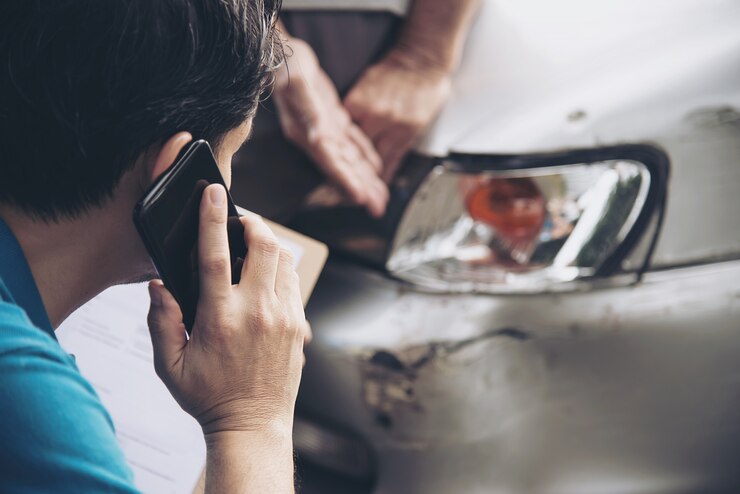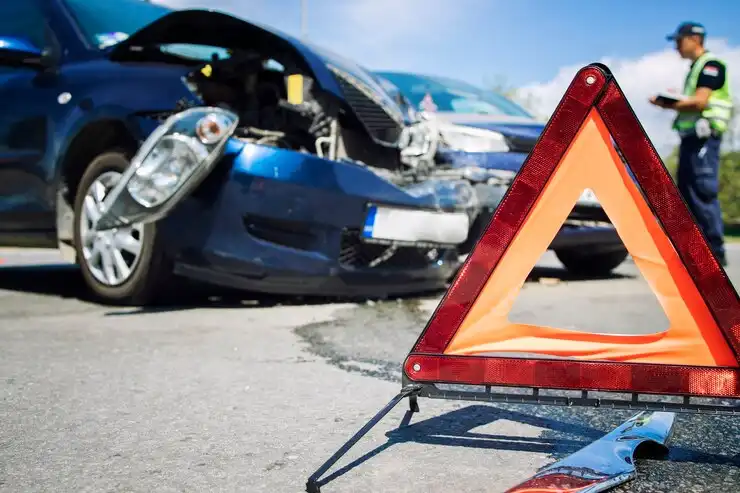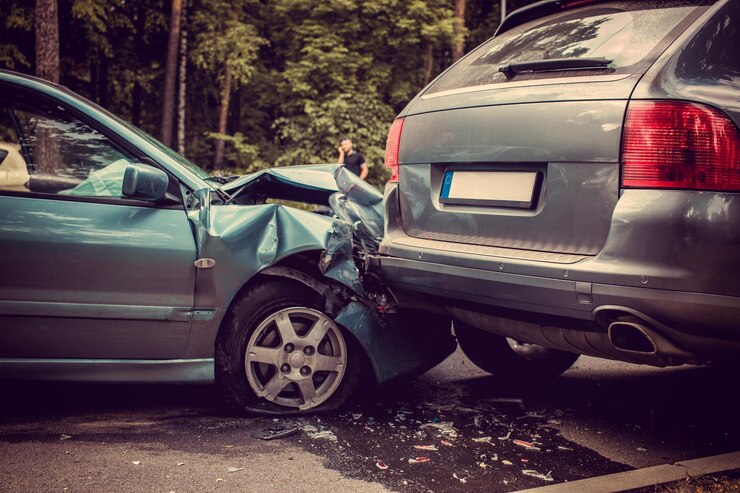Introduction
A head-on car accident is one of the most severe types of crashes, often resulting in serious injuries, vehicle damage, and emotional distress. Knowing what to do immediately after an accident can make a huge difference in ensuring your safety, protecting your rights, and securing fair compensation. This guide will walk you through the essential steps to take after a head-on car accident.
1. Check for Injuries and Seek Medical Attention
Your health is the top priority. After a head-on car accident, check yourself and others for injuries. If you or anyone involved is hurt, call 911 immediately. Even if you feel fine, hidden injuries like internal bleeding or concussions can appear hours or days later.
Why Medical Attention is Crucial:
✅ Ensures your injuries are properly treated.
✅ Provides medical documentation for insurance claims.
✅ Helps prevent complications from untreated injuries.
2. Call the Police and Report the Accident
Regardless of the severity, always report the head-on car accident to law enforcement. A police report will serve as crucial evidence when filing an insurance claim or pursuing legal action.
What to Tell the Police:
- Describe the accident objectively.
- Avoid admitting fault or making assumptions.
- Request a copy of the police report for your records.
3. Document the Accident Scene
Gather as much evidence as possible while still at the scene. This will help prove liability and strengthen your case.
What to Collect:
📸 Photos and videos of vehicle damage, injuries, road conditions, and traffic signs.
📝 Names and contact information of witnesses.
📌 Location, time, and weather conditions at the time of the crash.
4. Exchange Information with the Other Driver
After a head-on car accident, exchanging essential details is a must. Ensure you get the following information:
🔹 Full name and contact details.
🔹 Driver’s license number.
🔹 Insurance provider and policy number.
🔹 Vehicle make, model, and license plate.
If the other driver refuses to cooperate, wait for the police to arrive and handle the situation.
5. Notify Your Insurance Company
Report the head-on car accident to your insurance provider as soon as possible. Provide them with accurate details, but avoid making recorded statements without legal advice.
Tips for Handling Insurance Claims:
- Stick to the facts and avoid speculation.
- Never accept an early settlement without understanding the full extent of your injuries and damages.
- Keep track of all medical bills and repair estimates.
6. Consult a Personal Injury Lawyer
If you were injured in a head-on car accident, seeking legal representation can protect your rights and maximize your compensation. A personal injury lawyer can help:
✔️ Determine fault and liability.
✔️ Negotiate with insurance companies.
✔️ Secure compensation for medical expenses, lost wages, and pain and suffering.
7. Follow Up on Your Recovery
Healing after a head-on car accident takes time. Follow your doctor’s treatment plan, attend all medical appointments, and document your progress. This will not only help your recovery but also strengthen your case if you pursue legal action.
Conclusion
A head-on car accident can be overwhelming, but taking the right steps ensures your safety and protects your legal rights. From seeking medical help to consulting a lawyer, each action you take plays a role in your recovery and potential compensation.
If you or a loved one has been involved in a head-on car accident, don’t face it alone. Seek professional legal advice to ensure you get the justice and support you deserve.




